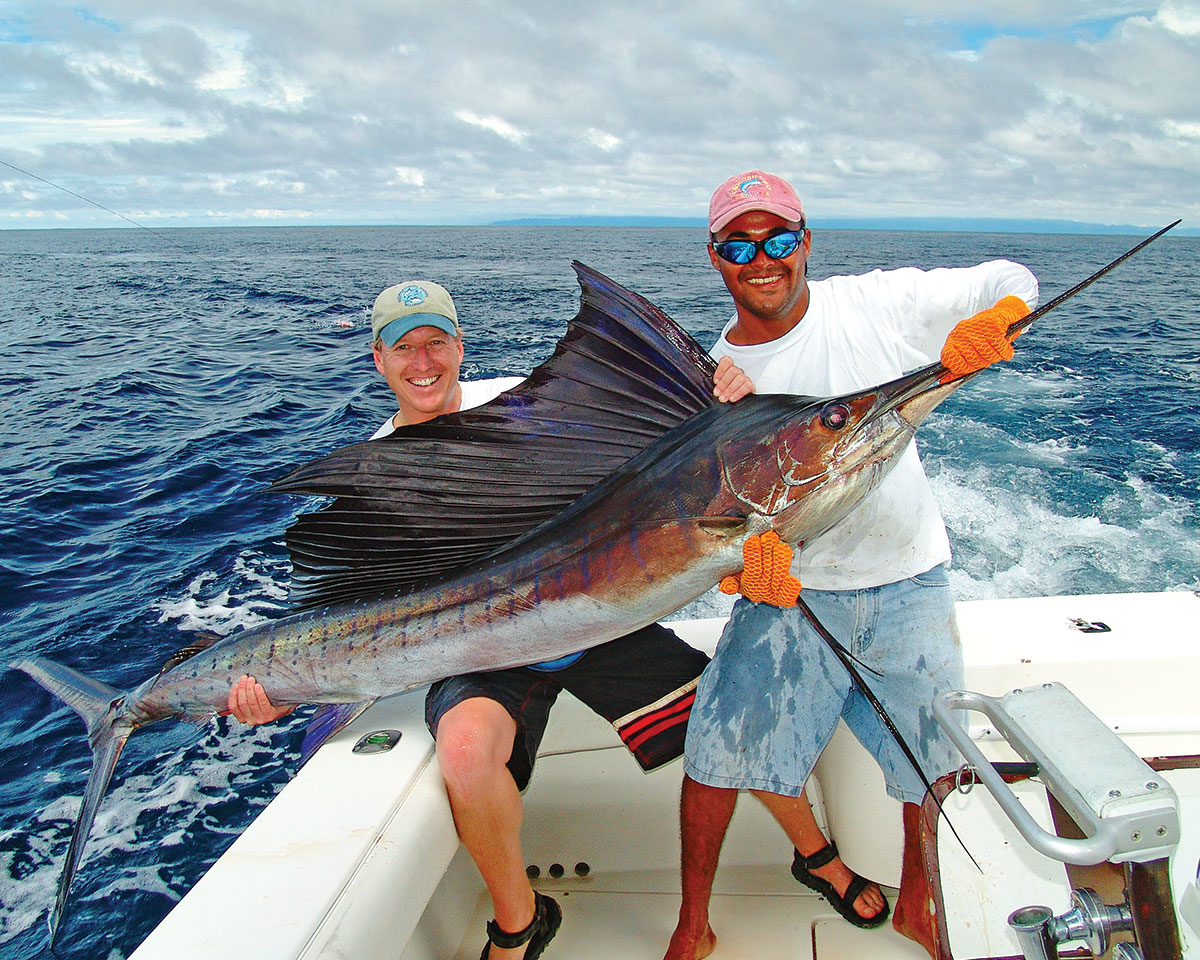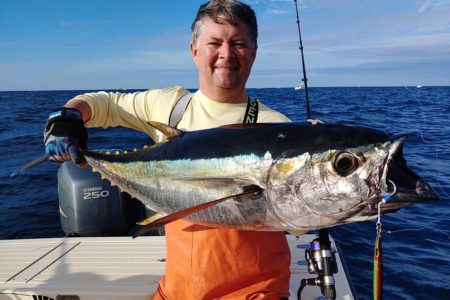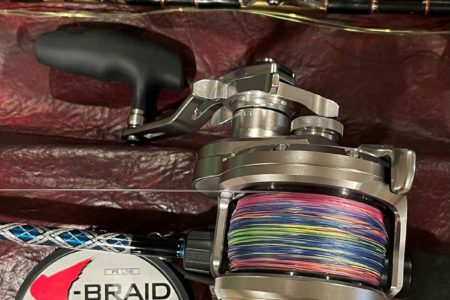
It’s not just your friends looking at those dry hero shots on social media anymore.
In March of 2018, a photograph of Denver Broncos linebacker Von Miller holding a large hammerhead shark in the cockpit of a charter boat off the Florida coast went viral on social media. Since the hammerhead is classified as a Group 3 protected species by the Florida Fish and Wildlife Commission, the owner/operator of the charter boat was issued a $2,000 fine for shark fishing without the proper permit, and also for failure to release the shark “in the manner that will ensure maximum probability of survival.”
No, as the charter, Miller did not get sacked himself by a fine.
As a highly migratory species (HMS) permit holder, how closely have you looked the requirements for handling HMS species? If you’re posting cockpit photos to social media of your fishing buddy holding bluefin or marlin up against his chest before releasing over the gunnel, you may not have looked very closely. But you should.
NOAA Fisheries regulations – 50 CFR 635.21(a)(1) – relating to gear operation and deployment restrictions for all Atlantic HMS gear types state the following:
(1) An Atlantic HMS harvested from its management unit that is not retained must be released in a manner that will ensure maximum probability of survival, but without removing the fish from the water.
(2) If a billfish is caught by a hook and not retained, the fish must be released by cutting the line near the hook or by using a dehooking device, in either case without removing the fish from the water.
Are NOAA enforcement folks monitoring Facebook and other forms of social media for compliance with this particular HMS regulation? They found a Bronco from Denver with a hammerhead in Florida, and you can bet there have been others less likely to generate news headlines.
Whether a restricted species like dusky sharks, or legally harvestable species like marlin and tuna, the use of social media monitoring in ongoing fisheries investigation is a very real issue that anglers need to be aware of. And in terms of those holding HMS species in particular, it’s important for permit holders especially to keep track of what’s going on in the cockpit.
“The deck photos then are a real concern, law enforcement is monitoring,” said South Jersey Marina’s Rick Weber, a member of the HMS Advisory Panel and member of the United States advisory committee at the International Commission for the Conservation of Atlantic Tunas (ICCAT). “Also, remember that this same law forces all U.S. longline caught fish to be released without being removed from the water,” Weber said, adding “We wouldn’t want to see that weakened. In fact, it would be nice if that became the international standard.
In a Careful Catch and Release brochure issued by NOAA Fisheries and available online where HMS permits are purchased (hmspermits.noaa.gov), a 2016 study by Dr. John Graves and others from the Virginia Institute of Marine Science is cited, which shows that by simply not removing the fish the from the water, white marlin mortality after release could fall from 33.3% to 1.7%
“The survivability falls off by the minute when a marlin is removed from the water,” Weber noted, referencing an analogy that Dr. Graves uses from time to time. “Imagine finishing a marathon and at the finish line someone shoves your head in a bucket of water.”
There are a few finer distinctions in the overall interpretation of course. “My understanding is that a fish that is being considered for harvesting may be removed from the water for measuring,” Weber said, referencing the potential for world records or during tournament consideration. Ultimately, the “without removing the fish from the water” is not an absolute. Then again, when it comes to enforcement, fines, judges and juries, nothing ever is.
As we prep for another fall season of midrange and nearshore bluefin tuna, just keep in mind that those hero shots you’re sharing on Facebook may be seen by more people than you know, a few of whom who you’d probably rather not meet. If you’re playing catch and release, keep them wet.





